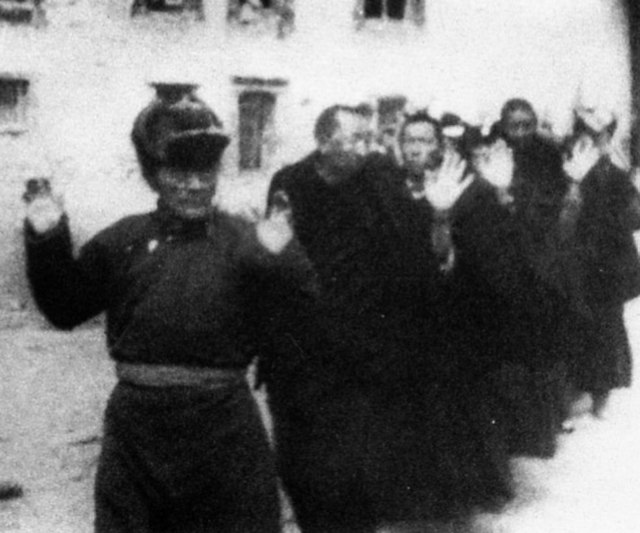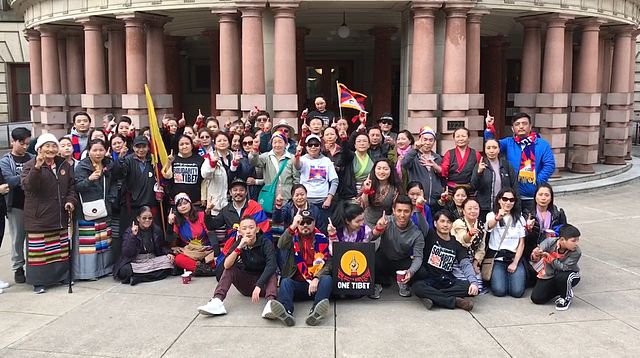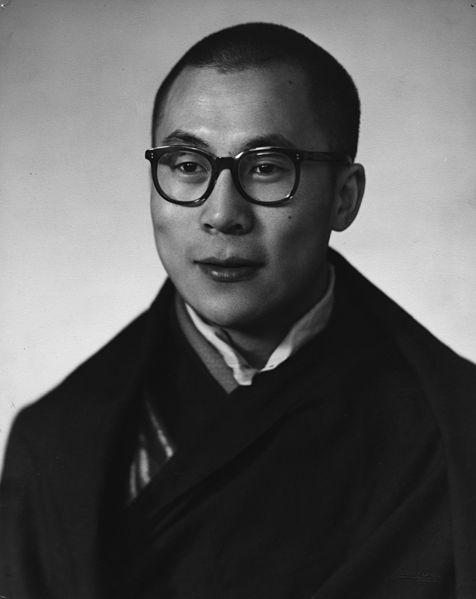Tibetan Uprising Day, observed on March 10, commemorates the 1959 Tibetan uprising which began on March 10, 1959, and the Women's Uprising Day of March 12, 1959, involving thousands of women, against the presence of the People's Republic of China in Tibet.
Tibetans and supporters protest against China for political prisoners at UN in NYC on March 10 Tibetan Uprising Day
Portland, protestors on Tibetan Uprising Day
The 1959 Tibetan uprising began on 10 March 1959, when a revolt erupted in Lhasa, the capital of Tibet, which had been under the effective control of the People's Republic of China (PRC) since the Seventeen Point Agreement was reached in 1951. The initial uprising occurred amid general Chinese-Tibetan tensions and a context of confusion, because Tibetan protesters feared that the Chinese government might arrest the 14th Dalai Lama. The protests were also fueled by anti-Chinese sentiment and separatism. At first, the uprising mostly consisted of peaceful protests, but clashes quickly erupted and the Chinese People's Liberation Army (PLA) eventually used force to quell the protests. Some of the protesters had captured arms. The last stages of the uprising included heavy fighting, with high civilian and military losses. The 14th Dalai Lama escaped from Lhasa, while the city was fully retaken by Chinese security forces on 23 March 1959. Thousands of Tibetans were killed during the 1959 uprising, but the exact number of deaths is disputed.

Tsarong Dazang Dramdul and several Tibetan monks captured by the PLA during the uprising
The 14th Dalai Lama in 1956
17 March 1959: Thousands of Tibetan women surround the Potala Palace, the main residence of the Dalai Lama, to protest against Chinese rule and repression in Lhasa, Tibet. Hours later, fighting broke out and the Dalai Lama was forced to flee to safety in India. Photograph: AP
The Jokhang, on whose roof the last Tibetan rebels had placed machine guns to defend themselves against the PLA






